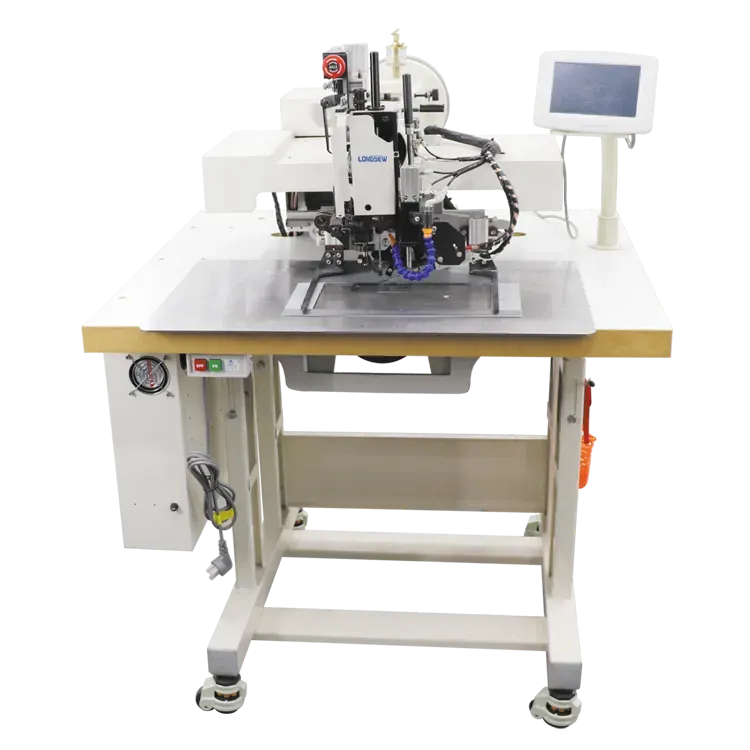sewing vinyl upholstery
Sewing Vinyl Upholstery A Comprehensive Guide
When it comes to revitalizing furniture and creating custom pieces, sewing vinyl upholstery offers a unique combination of durability, aesthetic appeal, and easy maintenance. Vinyl has become increasingly popular due to its versatility, and understanding how to sew with this material can empower both DIY enthusiasts and professional upholsterers to achieve stunning results. This guide will delve into the essentials of sewing vinyl upholstery, covering the tools needed, techniques to master, and tips for ensuring a successful project.
Understanding Vinyl Upholstery
Vinyl is a synthetic material that mimics leather but offers significant advantages. It is resistant to spills, easy to clean, and generally more affordable than leather. Vinyl upholstery is commonly used for furniture, automotive interiors, and even outdoor settings, as it withstands wear and tear remarkably well. However, sewing with vinyl does present some unique challenges, particularly because it can stick to itself and slippery surfaces can complicate stitching.
Tools and Materials Needed
Before embarking on your vinyl upholstery project, gather the following tools and materials
1. Vinyl Fabric Choose a high-quality vinyl that suits your project, considering factors such as color, texture, and the type of application (indoor or outdoor).
2. Sewing Machine A heavy-duty sewing machine is highly recommended for sewing vinyl, as it can handle the thickness and density of the material.
3. Presser Foot A teflon or walking foot presser foot is essential when working with vinyl, as it helps to feed the material evenly without causing it to stick.
4. Needles Use a size 16 or 18 needle, which can penetrate thick materials without breaking. A needle specifically designed for heavy fabrics will yield better results.
5. Thread Polyester or nylon thread is a good choice, as these synthetic threads resist UV damage and provide strength.
6. Cutting Tools Utilize sharp scissors or rotary cutters for clean edges, and consider using a cutting mat to protect surfaces.
8. Adhesives Contact cement or spray adhesive can be useful for securing layers of vinyl before sewing.
sewing vinyl upholstery

Techniques for Sewing Vinyl Upholstery
1. Preparation Start by measuring and cutting your vinyl pieces accurately. Be sure to leave extra fabric for seams. Use a straightedge and a sharp cutter for clean lines.
2. Pinning and Clipping Instead of using traditional pins, which can leave holes in the vinyl, consider using fabric clips. They provide a strong hold without risking damage to the material.
3. Setting the Machine Adjust your sewing machine for optimal tension and stitch length. A longer stitch (approximately 3.5 to 4) is advisable because it helps prevent perforation and tearing of the vinyl.
4. Sewing When sewing, guide the vinyl gently, allowing it to flow without pulling. Maintain a steady speed, and avoid forcing the fabric through the machine. If you experience any sticking, a tissue paper or silicone sheet can be placed under the vinyl to help it glide smoothly.
5. Finishing Edges To prevent fraying, consider using a serger or a zigzag stitch along the raw edges of the vinyl. This also adds an element of durability to areas that may be subjected to wear.
Tips for Success
1. Practice If you're new to sewing with vinyl, practice on scraps before beginning your main project. This can help you get a feel for the material and your machine settings.
2. Work in Sections If your project is large, work in smaller sections. This minimizes handling and reduces the risk of damaging the material.
3. Keep It Clean Avoid using oils or any products that can stain your vinyl. Keep a lint-free cloth nearby to wipe down surfaces as needed.
4. Seek Guidance Online tutorials, sewing groups, and upholstery classes can provide valuable insights and techniques for working with vinyl effectively.
Conclusion
Sewing vinyl upholstery opens up a world of creativity, allowing you to enhance and customize furniture while enjoying a material that is both practical and stylish. Armed with the right tools, techniques, and a bit of practice, anyone can master the art of sewing vinyl, transforming bland furniture into breathtaking focal points that add character to any space. Whether for home decor or automotive applications, the skills you acquire will be invaluable as you sew your way to beautiful creations.
-
Industrial Cylinder Arm Sewing Machine: Revolutionizing Heavy-Duty SewingNewsJul.28,2025
-
Cylinder Arm Sewing Machine: Perfect for Special Sewing ApplicationsNewsJul.28,2025
-
Cylinder Bed Sewing Machine: Essential for Sewing Complex MaterialsNewsJul.28,2025
-
Heavy Duty Sewing Machine: The Essential Tool for Industrial ApplicationsNewsJul.28,2025
-
Computerized Pattern Sewing Machine: Revolutionizing Precision StitchingNewsJul.28,2025
-
Heavy Duty Industrial Sewing Machine: Power Meets PrecisionNewsJul.28,2025
-
Leather Sewing Machine: The Industrial Standard for Tough MaterialsNewsJul.18,2025





























